Do you know the music of Yoko Kanno? Even if you don’t know her name (and shame on you if you don’t), you’ve probably heard her work before. She is probably best known for her work on high-profile anime such as Escaflowne, Gundam Wing, and Cowboy Bebop. But Kanno’s game scores are equally impressive.
Kanno composed at least a dozen soundtracks for game developer KOEI in the 1990s. Her work on the Nobunaga’s Ambition series is noteworthy, but if there’s one soundtrack the VGM community can’t get enough of, it’s “Uncharted Waters II Special Edition.” If you know the album, expect some ranting and raving. If you don’t know the album, prepare to be schooled. Orchestra, jazz, world/ethnic, and more jazz await you.
Take the jump.
Released in March of 1994, “Uncharted Waters II Special Edition” (technically “Daikoukai Jidai II Special Edition”) represents two different albums: one in part, and the other in entirety. The catalog number for this album is KECH-1061. If you look around on the Internet, you’ll find two other albums for this series. KECH-1002 for Uncharted Waters, and KECH-1036 for Uncharted Waters II. In “Special Edition,” KOEI published five of the eleven tracks from the first game, and then tacked on the entire twelve-track album for Uncharted Waters II. The result? A fully arranged, packed CD (70 minutes) of some of the best VGM of its time.
The first two tracks are deceiving. Using high-quality synths, these sound like synth orchestra pieces that Sugiyama might write for Dragon Quest. But there’s a reason for this. “Uncharted Waters” is about Europeans sailing to then-undiscovered lands (South Africa, India, China) and setting up trade routes. So we start with traditional European music, but things begin to change rapidly. The first noticeable change comes at track 4. “Southern Twilight ~ Dance On a Cape of Good Hope” is one of the greatest pieces ever written by Yoko Kanno. Period. This song is so good, I wanted it performed live at my wedding. Unfortunately, I couldn’t find enough talented musicians to make it happen. This eight minute track is a two-parter (as the title suggests). The first part is a straight-beat slow jazz ballad. It would make for a good slow-to-mid tempo dance. But then, at about 4 minutes, the “Southern Twilight” melody begins to pick up. Fast, rhythmic percussion starts popping up everywhere as the saxophone and piano fade out. The percussion builds, and builds, and builds, and then BAM! We’ve hit “Dance On a Cape of Good Hope.” This is a big band piece with Latin percussion, piano, and flute on the melody. This is where ballroom dancing lessons come in handy. The second half of the song is just in-your-face awesome. Thank you, Yoko Kanno, for writing this song!
There are some weak spots on the album, and most people would agree that the next track is one of them. The ending theme “Seven Seas” is a female vocal performance, Japanese lyrics and all. The vocalist isn’t bad, but the melody itself is pretty cheesy. Track 11, “Empty Eyes,” is even worse, with a male English vocalist. The lyrics ooze cheese.
Uncharted Waters II is where things get really interesting. The opening track “Wind Ahead” is arranged as a sort of Weather-Channel-friendly smooth jazz piece. Violin and saxophone play the same melody together for much of the song, but a guitar solo is also thrown in. It’s a strange opening, to be sure, but it sets the tone in the sense that you know there will be surprises along the way. One such surprise is the Latin Jazz piece “Catalina.” The opening guitar part is amazing on its own for setting the tone…but most of the adoration I have for this piece belongs to the pianist(s). To this day, I’m not sure if it’s one or two pianos being played. Either way, this song is very impressive. So much love for Kanno. So much love for this song.
If you thought the Spanish sounds of “Catalina” weren’t ethnic enough, things get really funky up ahead. First we get “The Mahout.” For those who are unaware (that should be most of you), a Mahout is an Indian Elephant Trainer. This arranged track uses plenty of string instruments, including the sitar. Though the melody sounds traditional, I have to say that some avant-garde jazz was used in helping to provide the structure for the song. It reminds me of Ravi Shankar, to be honest. That man was far from traditional, though most Americans assume that his sitar performances are the norm for the instrument.
After a trip to India, of course we need some Arabic influence. So it is with “Moslem Dance,” another favorite of mine. A repetitious background structure is put into place from the start by using some different flutes, and then percussion and plucked strings round out the sound. Then, skipping Empty Eyes, the next track is “Land of Luxury.” This, of course, refers to the Orient, specifically China. Using a pentatonic scale and perfect fourths/fifths, the melody and harmony (performed by the violins) are simple and beautiful. This is a lovely piece to listen to.
Then there is “Mast in the Mast.” I have spent days, perhaps even weeks, studying this song and learning to perform it by ear. It is the only piano solo piece on the album. Its style is late Romantic era, almost modern. It starts enigmatic with the sixteenth-note runs of E F G A over and over, then duplicated to create sixteenth-note thirds (E-G and F-A). The resulting phrygian tonality helps set this early tone, but it is quickly done away with as the left-hand part begins to set the tone for a simple song in C major. Absolutely brilliant.
The rest of the album is great, but I am rambling too much, so I will just focus on the best of the best: “Fiddler’s Green.” The only thing better than jazz is well-performed jazz, and the only thing better than well-performed jazz is well-performed bluegrass/jazz. And that’s exactly what you get with Fiddler’s Green. What’s the key instrument? Obviously, it’s the fiddle (violin). But each instrument in the ensemble is given a chance to solo. One of my favorite parts of this song is when the guitar starts its solo part with “jingle bells,” then quickly moves away from the melody. For those with the album on hand, it starts at 2:27 on the track. Check it out!
Do you want this album? You’re in luck. Despite its age, and despite the fact that the two separate albums are incredibly obscure, some sites have managed to keep a stock of this album for sale at a very reasonable price. A quick search shows that Otaku.com has it for $24. For an import album of this quality, that’s a steal. Be sure to pick it up.
Tags: KOEI, Reviews, Soundtrack of the Month, Uncharted Waters, Yoko Kanno





























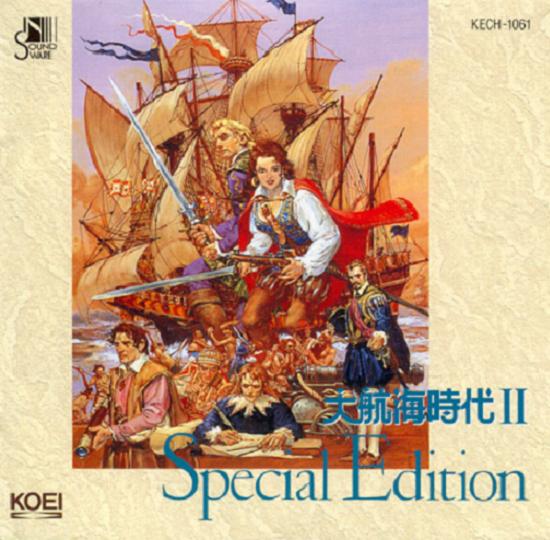
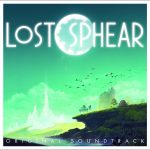
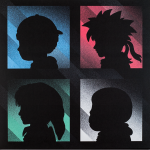
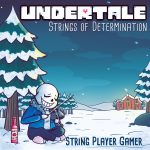
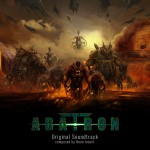







Huh, am entirely unfamiliar with this series. I loved Yoko Kanno’s recent work on Ragnarok Online II. I’ll have to check this one out for sure.
This makes me really want to buy this album, especially since I love Kanno. Thanks for the review.
Hi, love your review, i´d have the first part , but now wanna the intire soundtrack, i love southern twilight too, and put this name and review on google, and find your wondeful site, congratulations, greetings from brazil
[…] again we’re featuring work by renown Japanese composer Yoko Kanno. This time, it’s the second soundtrack from the latest installment of the Anime classic, […]